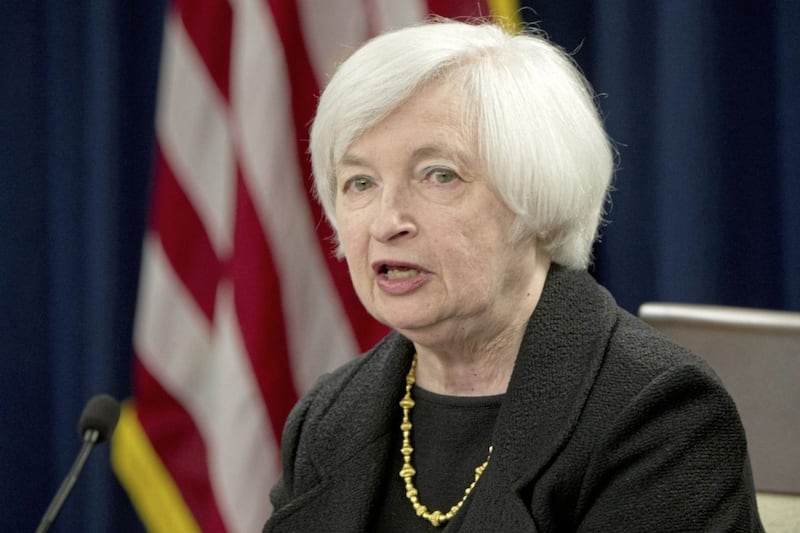HAWKISH comments by central bankers brought a dose of reality to bond markets in the past week. Both bond yields and credit spreads had fallen to levels that looked very overstretched, so the market was due a correction.
One could say that some of the central bankers were stretching it a bit themselves in terms of their comments. ECB President Draghi asserted that “we can be reasonably confident that the forces we see weighing on inflation are temporary”.
But core inflation in the eurozone has remained stuck at around 1 per cent or below for the past four years, despite a strengthening economy and falling unemployment. Even in economies where the recovery is quite mature and the jobless rate has fallen to near 4 per cent, such as the US, core inflation is running at just 1.5 per cent, with little sign of a pick-up in wage inflation.
It may be that central banks have decided that some of their monetary stimulus needs to be withdrawn, or in other cases policy tightened, even in the absence of inflationary pressures. They may be becoming concerned at the frothiness of financial markets while also feeling that a less accommodative monetary stance is required given the pick-up in economic activity over the past year.
Downside risks to growth have also abated, including on the political front. We suspect that the ECB is laying the ground for the tapering of its QE programme next year, despite continuing low inflation. We don’t expect rate increases to come on to the agenda until late next year or in 2019, and even then, hikes are likely to be at a pedestrian pace.
In the week ahead, the main focus will be the June employment report in the US. Non-farm payrolls slowed to an average of plus-120k in the past three months, but a strong 180,000 rise is forecast for June. A sharp slowdown in labour force growth has helped the unemployment rate fall to a 16-year low of 4.3 per cent and it is expected to have held at this level in June.
Despite the tightening jobs market, US wage growth has remained relatively subdued. Year-on-year growth in average hourly earnings is expected to have edged up slightly in June to 2.6 per cent. Elsewhere, the ISM surveys for June are also due.
In terms of monetary policy, the minutes from the Fed’s June meeting are due. Markets will be particularly interested to see the strength of the FOMC’s conviction with regard to its projection of seven more hikes between now and end 2019, given that markets are only pricing in three. Markets will also be looking for further detail on the Fed’s plan to start reducing the size of its balance sheet, likely to begin later this year.
The June PMIs are the main release in the UK. Both the services and manufacturing indices in April/May suggested that the economy had seen a modest improvement in the pace of growth, following Q1’s slowdown. The June edition of the PMIs is expected to remain consistent with this, with only modest declines in the indices forecast. This week’s UK schedule also includes industrial production and goods trade figures for May.
A major source of positivity in the eurozone recently has been the steady decline in the unemployment rate. It fell to 9.3 per cent in April, its lowest level since March 2009, and a further decline to 9.2 per cent is anticipated in May. Retail sales have also been more positive, showing signs of a strengthening consumer sector.
They are anticipated to rise further in May, mirroring last week’s solid national data. Meanwhile, the ‘account’ from the ECB’s June meeting will be looked to in the context of last week’s comments from President Draghi.








